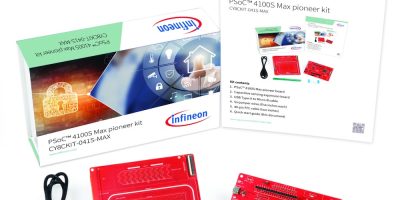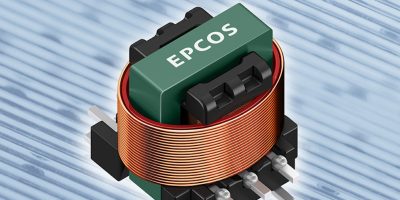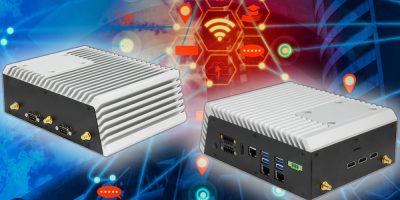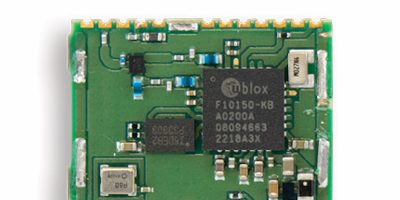The PSoC 4100S Max family features expanded flash memory and general purpose I/O (GPIO) for human machine interface (HMI) applications to support the fifth-generation Capsense touch sensors.
Available in 7.0 x 7.0, 10 x 10 and 14 x 14mm² packages, PSoC 4100S Max with Capsense technology is for use in industrial control, automotive HMI, home automation and large home appliances including robotics, inductive sensors, washing machines, refrigerators, air conditioners, smart thermostats, and printers.
The Infineon PSoC 4100S Max includes up to 384k flash memory. It is the largest PSoC 4 flash memory in its class with up to 84 GPIOs, CAN-FD, high speed, long range wired communication and I²S master for fully embedded audio. New features also include dual fifth-generation Capsense blocks, which deliver differentiated HMI and touch sensing. The Infineon PSoC devices also include a cryptographic accelerator for a more secure interface.
Steven Tateosian, vice president, IoT, Compute and Wireless business unit of Infineon, said: “This next-generation product provides the industry’s best touch sensing with scalability, while reducing the overall bill of materials for designers’ boards. Additionally, this family delivers industry-leading signal-to-noise ratio under some of the most severe touch sensing environments.”
The PSoC is compatible with Infineon’s ModusToolbox 3.0 development platform to develop a variety of use cases including consumer IoT, automotive HMI, industrial, smart home, wearable and other applications.
Infineon’s PSoC 4100S Max with fifth-generation Capsense technology can be ordered now. Start of production for the AEC Q-100 automotive-qualified version is planned for Q2 2023.
The PSoC 4100S Max will be showcased at electronica 2022 Hall C3-502.







